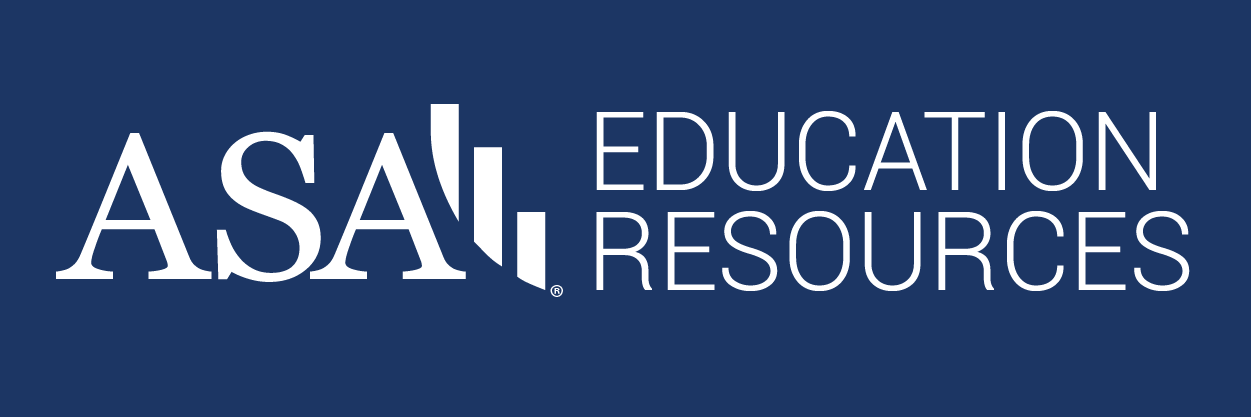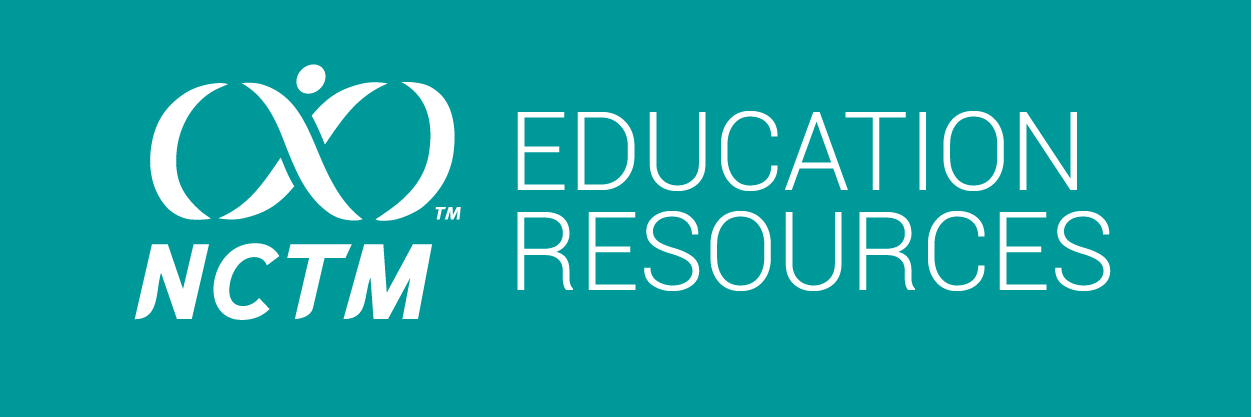Editor’s Note: Spring 2022

This issue of Statistics Teacher features a trio of articles that provide guidance for making use of real data sets and interpreting data representations in context.
Hollylynne Lee, Gemma Mojica, and Emily Thrasher present a framework for investigating “big” data sets starting as early as middle school in “Digging Into Data: Illustrating a Data Investigation Process.” While this article situates the framework in the context of roller coaster data from amusement parks around the United States, the authors note the importance of investigating data sets across disciplines and point to sources of big data sets. Readers who would like to launch a similar exploration in their classrooms will find the roller coaster data, a lesson plan, and supporting videos included.
In “Using New 2020 Census Data in Your Classroom,” Jessica Palmer of the US Census Bureau provides a guide for making use of the big data sets available through the US Census and describes some of the supports and activities available through the Census’s Statistics in Schools program. Teachers will find a variety of activities around census data for learners of all ages and connected to all subject areas.
Bradford Dykes, Tamara Shreiner, and Kristen Taurence further illuminate the connection between data and other disciplines in “Revealing the Power of Data Visualizations in Social Studies Using Slow Reveal Graphs.” This article presents a framework for exploring complex graphical representations of data that encourages students to interpret the graphs one layer at a time. This is particularly relevant in social studies, as the content is often supported by graphical representations but intentional graph interpretation is not always incorporated into instruction. Readers will also find supports to recreate graphs for slow reveal using R.
This issue is also highlighting two lesson plans from Focus on Statistics: Investigations for the Integration of Statistics into Grades 9-12 Mathematics Classrooms by Sara Brown, Patrick Hopfensperger, and Henry Kranendonk. All investigations from this book are now freely available.
Are you looking for a lesson plan that incorporates the four components of statistical problem solving with a focus on categorical data? An important distinction for students to understand and implement in a statistical study is how the analysis of numerical data is different from categorical data. Investigation 9 is a free resource that uses an example of an initiative by students at an urban high school that involved collecting data from the student body about the school’s academic and extracurricular programs. Through the investigation, students will develop a statistical question based on the survey questions, discuss options to collect survey data, examine the data collection plan used by the high-school students, and summarize the results of categorical data using proportions and percentages. If completing a survey project is part of the curriculum in a statistics class, this investigation is a good introduction to the possible constraints and challenges that need to be considered. This investigation is a Pre-K-12 Guidelines for Assessment and Instruction in Statistics Education II (GAISE II) Level B activity.
Does a can of mixed nuts contain approximately 50 percent peanuts? In Investigation 16, students are introduced to the concept of informal statistical inference and focus on an investigation about testing the claim that cans of mixed nuts contain approximately 50 percent peanuts. After students have formulated their statistical question to investigate the claim, they collect data of random samples from a population proportion of 50 percent peanuts for all mixed nuts processed by the manufacturer using a technology applet. The students build their own sampling distribution of sample proportions from the data-collection process and use the information to answer the question of whether the manufacturer’s claim is supported or not by the evidence collected. This investigation is a way to use technology to introduce students to the concept of a sampling distribution and statistical inference before approaching the p-value. This investigation is a Pre-K-12 Guidelines for Assessment and Instruction in Statistics Education II (GAISE II) Level C activity.
As always, we welcome your submissions about the teaching and learning of statistics!
Sincerely,
Jessica Cohen
ST Article Editor
Western Washington University
Charlotte Bolch
Interim ST Lesson Plan Editor
Midwestern University











